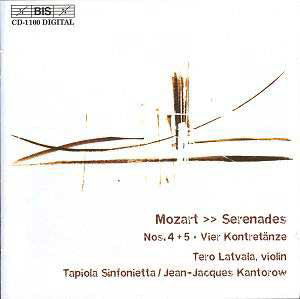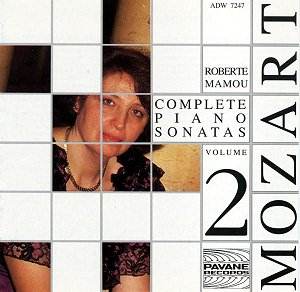 Composer: M. Rosas Cobian, Agustin Fernández, Rajmil Fischman, Gabriela Ortiz, Mario Verandi
Composer: M. Rosas Cobian, Agustin Fernández, Rajmil Fischman, Gabriela Ortiz, Mario Verandi
Works: Gato’s Raid, Silent Towers, Alma Latina, Five Micro Études for tape, Dancescape, Urbis #4
Performers: Various artists performing electroacoustic compositions
Recording: DDD
Label: Lorelt LNT 113
The recent release, “LATINA – Electroacoustic Music from Latin America,” curated by Odaline de la Martinez, offers a compelling glimpse into the vibrant landscape of Latin American electroacoustic music. This collection, featuring works by five distinguished composers, encapsulates the region’s unique cultural narratives while engaging with contemporary sound practices. Each piece, while rooted in the local traditions of its creator, explores new sonic territories, reflecting the broader currents within the electroacoustic genre.
M. Rosas Cobian opens the album with “Gato’s Raid,” a piece that masterfully marries marimba with electronic textures to evoke an impressionistic journey through the Americas. Here, Cobian deftly employs traditional structures while infusing them with modern sensibilities, creating a vivid soundscape that resonates with the listener. The marimba’s warm timbres interlace seamlessly with the electroacoustic elements, providing a rich interplay of rhythmic vitality and subtle harmonic development. This work sets a high bar for the collection, establishing a thematic and aesthetic foundation that the subsequent pieces explore in diverse ways.
Agustin Fernández’s “Silent Towers” takes a more avant-garde approach, showcasing a juxtaposition of sound worlds that challenges the listener’s perception of harmony. The twelve-minute composition unfolds through a gradual interlocking of contrasting aural spheres, ultimately crafting a third sound that emerges from their synthesis. This exploration of sonic duality is not merely an intellectual exercise; it is a profound commentary on the nature of sound itself. The engineering captures these layers with clarity, allowing for a nuanced appreciation of the intricate textures and dynamic contrasts that define Fernández’s work.
Rajmil Fischman’s “Alma Latina” stands out as the most conceptually rich piece on the album, characterized by its hermetic nature. The composer draws upon visceral imagery of pain and celebration, intertwining the harshness of acoustic sounds with elements of dance and song. The use of layering in this work demands a close listening approach; the interplay between laughter, mourning, and movement reveals a complex emotional landscape. One can sense the struggle inherent in this musical narrative, which is further enhanced by the recording quality that articulates the stark contrasts between the various sonic components.
Gabriela Ortiz’s “Five Micro Études” is a notable foray into the exploration of electroacoustic sound, presenting concise studies that each tackle different musical questions. These two-minute pieces are strikingly economical, demonstrating Ortiz’s keen sense of rhythm and timbre. The brief duration of each étude allows for a concentrated examination of musical ideas that challenge the listener’s expectations. The sound design is particularly effective, showcasing the clarity of each electroacoustic choice while retaining an organic quality that invites engagement.
Mario Verandi’s “Dancescape” continues the exploration of rhythmic and vocal textures, presenting a vibrant tapestry of sounds that reflect the multicultural influences of urban life. The three pieces from Cobian’s “Urbis #4” further this theme, with their dynamic mix of jazz elements and everyday sounds. Cobian’s ability to weave together disparate sonic threads into a cohesive narrative exemplifies the fluidity of contemporary Latin American music. The engineering of these tracks is particularly commendable, as it balances the rawness of urban life with the refined qualities of electroacoustic manipulation.
The overall recording quality of “LATINA” is commendable, with a clean and immersive sound that allows each composition’s intricacies to shine. The thoughtful sequencing of the works enhances the listener’s journey, presenting a diverse sonic palette that reflects the rich tapestry of Latin American cultures and their contemporary expressions. While the compilation highlights the individual strengths of each composer, it also raises questions about the presence of a distinctly “Latin soul” within the electroacoustic realm, a notion that remains elusive yet tantalizingly suggestive throughout the album.
This collection serves not only as a showcase of individual compositions but as a testament to the innovative spirit of Latin American electroacoustic music. Each work, with its distinct character and narrative, contributes to a broader conversation about cultural identity and the evolution of sound. The album stands as a significant entry into the canon of contemporary electroacoustic music, inviting listeners to explore the rich, multifaceted landscapes that emerge from this dynamic field.



